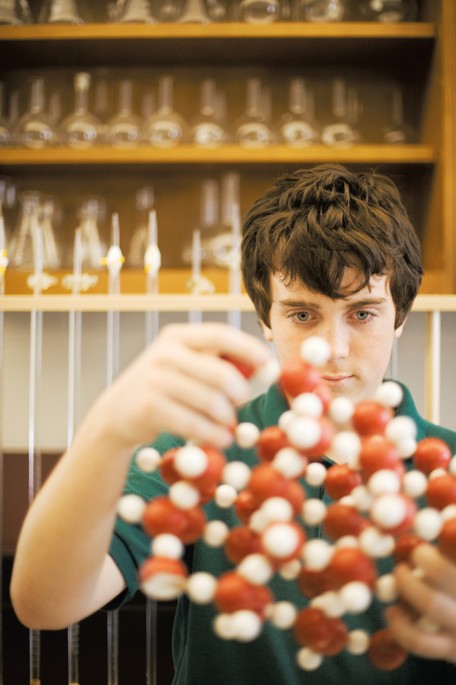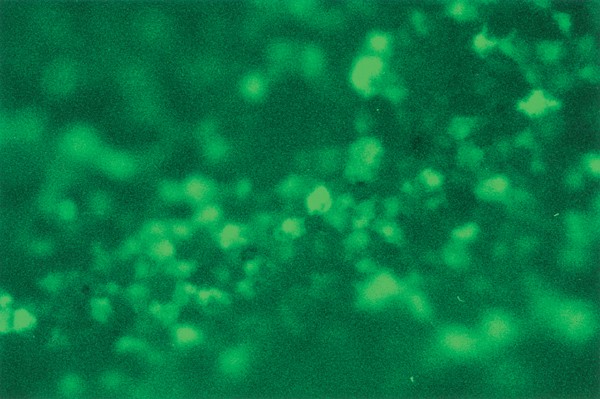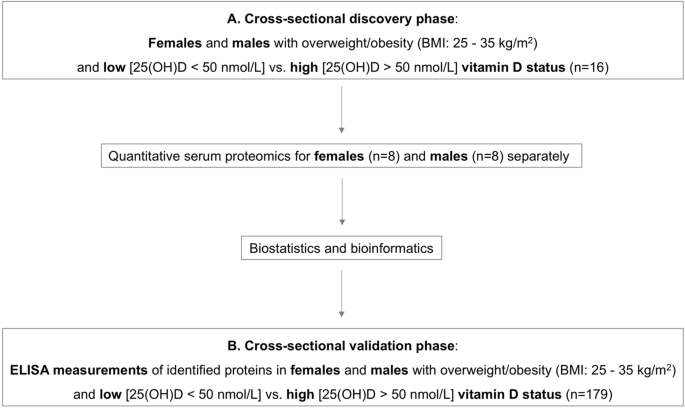
- Select a language for the TTS:
- UK English Female
- UK English Male
- US English Female
- US English Male
- Australian Female
- Australian Male
- Language selected: (auto detect) - EN
Play all audios:
Access through your institution Buy or subscribe The authors generated a series of complexes of KDM2A bound to H3(A29-Y41)K36me2 peptides and grew crystals that diffracted to 1.75 Å
resolution. The complexes included various KDM2A mutants as well as peptide mutants; all were subsequently assayed _in vitro_ for demethylation activity. The authors found that KDM2A
recognizes three sequence context features that can explain its specificity to methylated H3K36: Gly33 and Gly34 residues at the −2 and −3 positions of the bound peptide (with Lys36 in
position 0), which occupy a narrow channel in KDM2A that cannot accommodate residues with side chains; a residue at the +2 position (Pro38) that can support peptide bending upon binding; and
an aromatic residue at the +5 position (Tyr41) that facilitates the insertion of the K36me2 side chain into the catalytic pocket of the enzyme. Mutating these residues, or mutating residues
in the enzyme that interact with them, severely hampered KDM2A activity. Consistent with this, other methylated Lys residues in H3 that are not targeted by KDM2A do not share these
recognition features. Methylated H3K36 has been implicated in cancer, so the authors went on to use HT1080 fibrosarcoma cells to examine the effects of expressing two structure-guided,
enzymatically inactive KDM2A mutants carrying mutations in the catalytic pocket. Overexpression of wild-type KDM2A but not of the mutants resulted in decreased H3K36me2 levels, whereas
H3K4me2 and H3K9me2 levels were unaffected. Conversely, depletion of KDM2A by RNAi led to an increase in H3K36me2, and complementation of these cells with RNAi-resistant wild-type KDM2A, but
not with RNAi-resistant mutant proteins, restored H3K36me2 levels. Importantly, KDM2A depletion caused chromosomal instability, evident by a marked increase in chromosome bridges and
micronuclei, and promoted anchorage-independent growth, which is a hallmark of cellular transformation. These phenotypes could also be rescued by wild-type but not by the catalytically
inactive mutants. Together, these results suggest that KDM2A may have tumour-suppressive functions. This is a preview of subscription content, access via your institution ACCESS OPTIONS
Access through your institution Subscribe to this journal Receive 12 print issues and online access $209.00 per year only $17.42 per issue Learn more Buy this article * Purchase on
SpringerLink * Instant access to full article PDF Buy now Prices may be subject to local taxes which are calculated during checkout ADDITIONAL ACCESS OPTIONS: * Log in * Learn about
institutional subscriptions * Read our FAQs * Contact customer support REFERENCES * Cheng, Z. et al. A molecular threading mechanism underlies Jumonji lysine demethylase KDM2A regulation of
methylated H3K36. _Genes Dev._ 28, 1758–1771 (2014) Article CAS PubMed PubMed Central Google Scholar Download references Authors * Eytan Zlotorynski View author publications You can
also search for this author inPubMed Google Scholar RIGHTS AND PERMISSIONS Reprints and permissions ABOUT THIS ARTICLE CITE THIS ARTICLE Zlotorynski, E. Structure–function analysis of KDM2A.
_Nat Rev Mol Cell Biol_ 15, 631 (2014). https://doi.org/10.1038/nrm3870 Download citation * Published: 28 August 2014 * Issue Date: October 2014 * DOI: https://doi.org/10.1038/nrm3870 SHARE
THIS ARTICLE Anyone you share the following link with will be able to read this content: Get shareable link Sorry, a shareable link is not currently available for this article. Copy to
clipboard Provided by the Springer Nature SharedIt content-sharing initiative




